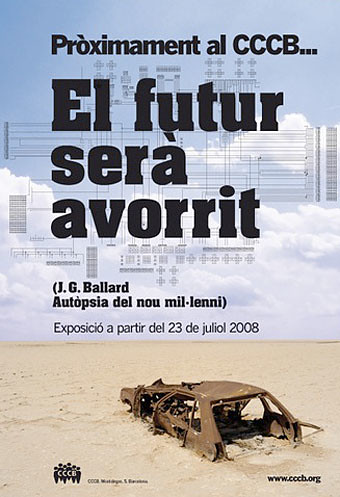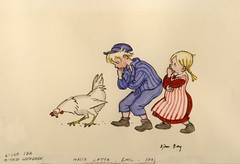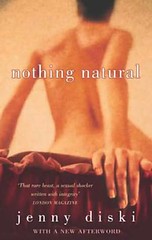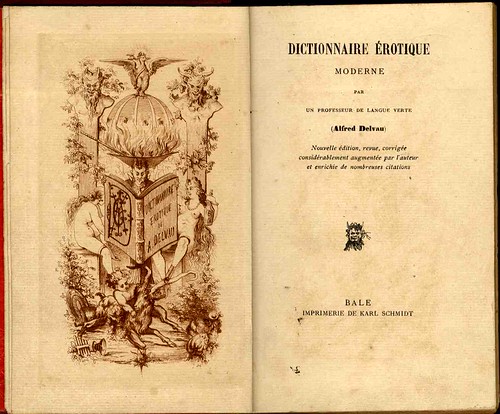On intertextuality and litblogging

[Amazon.com]
[FR] [DE] [UK]
When I wrote a couple of months ago, echoing Grillet, that I am not a cinephile[2], I meant that I am interested in more than films, but more on the lookout for certain sensibilities which also steer my publication bias. By the same token, I am not a bibliophile. But I love books, and books is mainly what I’ve bought the last couple of years. By books I do not necessarily mean fiction (have you ever noticed how reading has come to equal reading fiction?), I only read fiction when on holiday. When I do read fiction, I love metafiction, which can consist of a number of varieties. One particular variety is fiction steeped in the history of literature. The first one I consciously read of this type was probably Erica Jong‘s Fear of Flying in the summer of 2006.
A book of pure intertextuality has recently been brought to my attention: Montano’s Malady by Spanish novelist Enrique Vila-Matas. On the book’s intertextuality Scott Esposito at Conversational Reading notes that Enrique Vila-Matas is a writer “who entertains the notion that contemporary literature amounts to scribbling in the margins of the great works.”[3] and Melissa McClements in the Financial Times adds:
- “Some of the other writers and literary thinkers referred to in just the first 25 pages [of Montano’s Malady by Enrique Vila-Matas] include Spanish poet Justo Navarro, Argentine novelist Ricardo Piglia, Mexican writer Sergio Pitol, French surrealist Jacques Vaché, Italian humorist Achille Campanile, Marxist literary critic Walter Benjamin, New York literary critic Harold Bloom, Chilean poet Gonzalo Rojas, French poet Arthur Rimbaud, Czech writer Franz Kafka, American poet Ezra Pound and, most tellingly, Jorge Luis Borges, the giant of 20th-century Latin American literature, famous for his self-reflexive, labyrinthine fiction.” —Melissa McClements in the Financial Times via This Space[4]
Books such as Montano’s Malady teach you about literature (what I usually expect of non-fiction) while still manage to entertain.
A great way to learn about literature today is to read litblogs (please note how the list of litblogs[5] has defied Wikipedia’s notability criteria). The first litblog I started to frequent was The Reading Experience in May 2006 (when I was researching literary realism).
Other litblogs friendly to Jahsonic (or vice versa) are The Existence Machine [6], This Space[7], The Reading Experience[8], Tales from the Reading Room[9], and the Spanish Portuguese and Spanish language blogs Livros de Areia [10], Pimenta negra[11] and Moleskine Literario[12].
But the blog which informs me most consistently of literature, and in my own tongue, is De Papieren Man[13].
Please forgive me if I’ve left out fellow-traveling litblogs.










